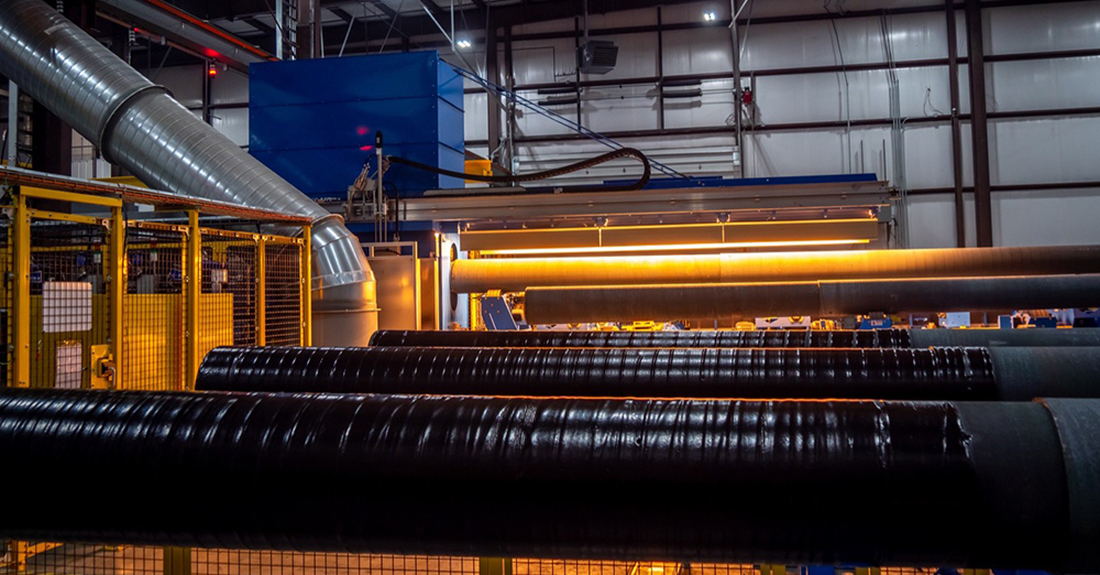
The strength, flexibility, durability, and ductility of a utility pole’s material affect its performance over time. By exploring the differences between carbon steel and ductile iron, utilities can choose the more suitable material for their projects’ needs. See how the characteristics of these two metals affect their manufacturing capabilities and how they can withstand environmental challenges.
Strength and Flexibility
Carbon steel is known for its impressive strength and rigidity. It can withstand considerable stress before deforming, making it a popular choice for utility poles. However, despite this strength, it’s also more prone to buckling under extreme loads or stress, which can be a disadvantage in certain weather conditions.
On the other hand, ductile iron exhibits a unique combination of strength and flexibility. It’s less rigid than carbon steel, and since it contains added magnesium, the ductile iron is not brittle. This strength and flexibility make ductile iron a great choice for utility poles in areas prone to high winds or heavy snowfall.
Durability and Corrosion Resistance
Utility poles need to be resistant to the elements and should not degrade quickly over time. Carbon steel and ductile iron both resist common threats to utility pole longevity, including rot, insect damage, and the effects of UV radiation.
Carbon steel is resistant to wear and tear and, with proper treatment, can also resist corrosion. Galvanizing involves coating the steel with a layer of protective zinc that takes on the corrosion that would otherwise affect the steel.
Ductile iron utility poles are extremely durable, with an expected service life of 75 years or more. They have excellent corrosion resistance comparable to that of cast iron. A corrosion-resistant utility pole provides reliable performance over time, ensuring consistent service delivery and minimizing potential disruptions.
Ductility
Ductility allows materials to undergo significant deformation before breaking. This quality enables infrastructure to withstand various stresses and strains without immediate failure.
One of the key differences between carbon steel and ductile iron is that the shape of the graphite nodules in ductile iron enhances its ductility. Cast iron’s high carbon content creates graphite flakes, making the material more brittle. The added magnesium in ductile iron reshapes the graphite flakes, making them rounder and improving ductility.
Both carbon steel and ductile iron offer unique characteristics that benefit their utilization in infrastructure construction. While carbon steel’s strength and rigidity are remarkable, ductile iron’s balance of flexibility, durability, and excellent ductility make it an especially attractive option for utility poles. For quality manufacturing and easy installation, shop for utility poles from McWane Poles. The unique properties of ductile iron and our manufacturing standards ensure reliable performance over the course of each pole’s service life.

